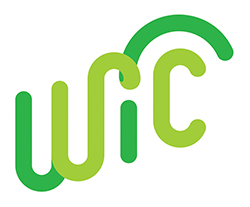Domain of Program Quality: Accessibility
Barriers prevent some children and families from accessing needed programs and services. Common barriers include service locations that are difficult to reach with public transportation, service hours that require parents to take time off work, and the lack or limited number of services in the languages of community members.
Historically, these barriers tend to be more prevalent for certain populations, such as low-income neighborhoods; marginalized racial, ethnic, and immigrant groups; rural and remote areas; and non-traditional family structures. Many of these barriers may be difficult to see — much less address — given how deeply entrenched they are in how people, organizations, and society operate and how they affect the local population.
Accessibility describes how programs account for these barriers. It requires the deliberate and active identification of barriers and biases as well as organization and service designs that reflect the actual past-to-present experiences of these groups.
Best Practices for Accessibility
Strengthen the cultural competency of the organization.
Organizations effectively account for diversity in their communities by focusing on improving cultural competency and by supporting this focus through explicit policies, procedures, and ongoing trainings. In practice, this requires building both staff understanding of the community (e.g., history, local culture and priorities, policy impacts or effects of policies) and staff self-understanding of the biases that necessarily inform their work. Staff composition should also represent the composition of the community it serves in order to bolster cross-cultural understanding, communication, and trust.
Strengthen the cultural competency of the service.
A service becomes more accessible to all community members who need it when it is language-accessible (e.g., provides materials and programming in the languages community members speak; has translation services available and/or translators and interpreters on staff) and adjusts to meet the specificities of those it serves. Effective cultural competency is built on deliberate and meaningful community engagement, which requires bringing users’ perspectives into the design, delivery, and prioritization of services and validation of assessment tools.
Account for the logistical needs and abilities of families.
Services may be inaccessible to families if they do not have a car, reliable child care, or affordable time off work. Practices that help mitigate these challenges include offering services at safe locations accessible through public transit and/or where services are needed; offering services during hours that reflect the scheduling requirements of users; accommodating users’ needs while they engage with services (e.g., providing childcare, meals); and minimizing the time families are required to wait for services, both on-site and on waitlists.
Read more about Accessibility.
Accessibility Case Studies
Learn more about CQI for social service providers at our Continuous Quality Improvement Resource Library and subscribe for updates.


